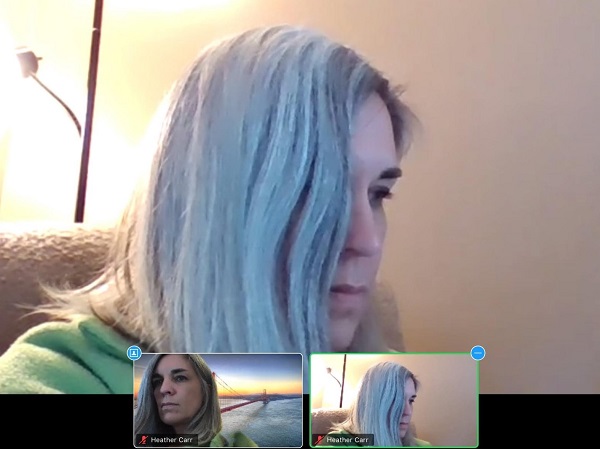~contributed by Prairie Lakes AEA
When you think of a speech-language pathologist (SLP), you might think of specialists who help kids with speech issues. SLPs also handle a wide range of communication concerns that may affect success in school and in life. The SLPs at Prairie Lakes Area Education Agency (AEA) serve in each of the 39 public school districts, and 11 accredited, nonpublic schools in its 14-county region. They also provide services within homes, daycares, and preschools with the ultimate goal of improving communication skills so that children can learn, participate and succeed in school and beyond.
If a parent, teacher, or doctor has a concern about a child’s communication abilities, an SLP can investigate to determine if there is information they can share with a parent or teacher to support the student or if they suspect a disability in the area of communication indicating the need to evaluate. An evaluation will determine if that student is eligible for services through an Individual Education Program, known as an IEP.
Depending on the student’s need, the therapy will focus on articulation, language, voice, fluency, and/or early literacy skills. SLPs also support literacy and use books, comprehension, and vocabulary as part of their instruction with the student. SLPs also serve students who have complex communication needs associated with disabilities such as autism, physical impairment, or a head injury.
“An SLP always uses a variety of options to deliver services that meet a student’s need,” said Janelle Swanson, an SLP and chairperson of the SLP department at Prairie Lakes AEA. “An SLP may work directly with a student, in a small group, collaborate in the classroom with the teacher, or all of the above.”
The impact of COVID-19 has brought some new opportunities to speech services. The agency provides SLPs with personal protective equipment (PPE) including face shields, see-through masks, and plexiglass shields that sit on a table. Another tool an SLP can use during speech is a document camera which plugs into the USB port on the computer and connects to Zoom. As some districts in Prairie Lakes AEA move to virtual instruction due to COVID-19, meeting virtually is a strategy that can be used to deliver speech therapy or hold a parent meeting or meet with a teacher.
“There’s a time and place for all of these strategies,” Swanson said. “Research shows it’s not the delivery option that matters, it’s utilizing a variety of options with the student. The focus remains on determining the student’s unique and individual needs and matching the supports that benefit that student”
Margo Kitzrow is an SLP who returned to Prairie Lakes AEA this year from Minnesota where she spent five years delivering speech services virtually. Kitzrow works out of the Storm Lake office and claims the key to virtual therapy is keeping the student engaged.
“Good intervention is good intervention,” Kitzrow said. “Having tools like the document cameras help us provide those interventions through a different way. Whether the session is virtual or face-to-face, I would use the same material and design the session to meet the student’s needs.”
Her caseload includes a middle school student who is hearing impaired, wears hearing aids, and has limited expressive language. He switched to virtual services this year and has blossomed. He now makes small talk and can imitate five-word sentences.
“We’ve been doing the same activities, but using technology for therapy has opened up some options and at the same time given him space.” Kitzrow said. “He’s just a delight and I look forward to seeing his growth.”

As the school year moves forward, the SLPs at Prairie Lakes AEA will continue doing what’s been proven to be successful for students, and that’s matching services to meet student needs.
Prairie Lakes Area Education Agency serves over 32,000 students in 39 public schools, and 11 accredited, nonpublic schools in north central Iowa. The agency provides special education, media, technology, and general education services to children from birth to age 21 in the 14-county region.
